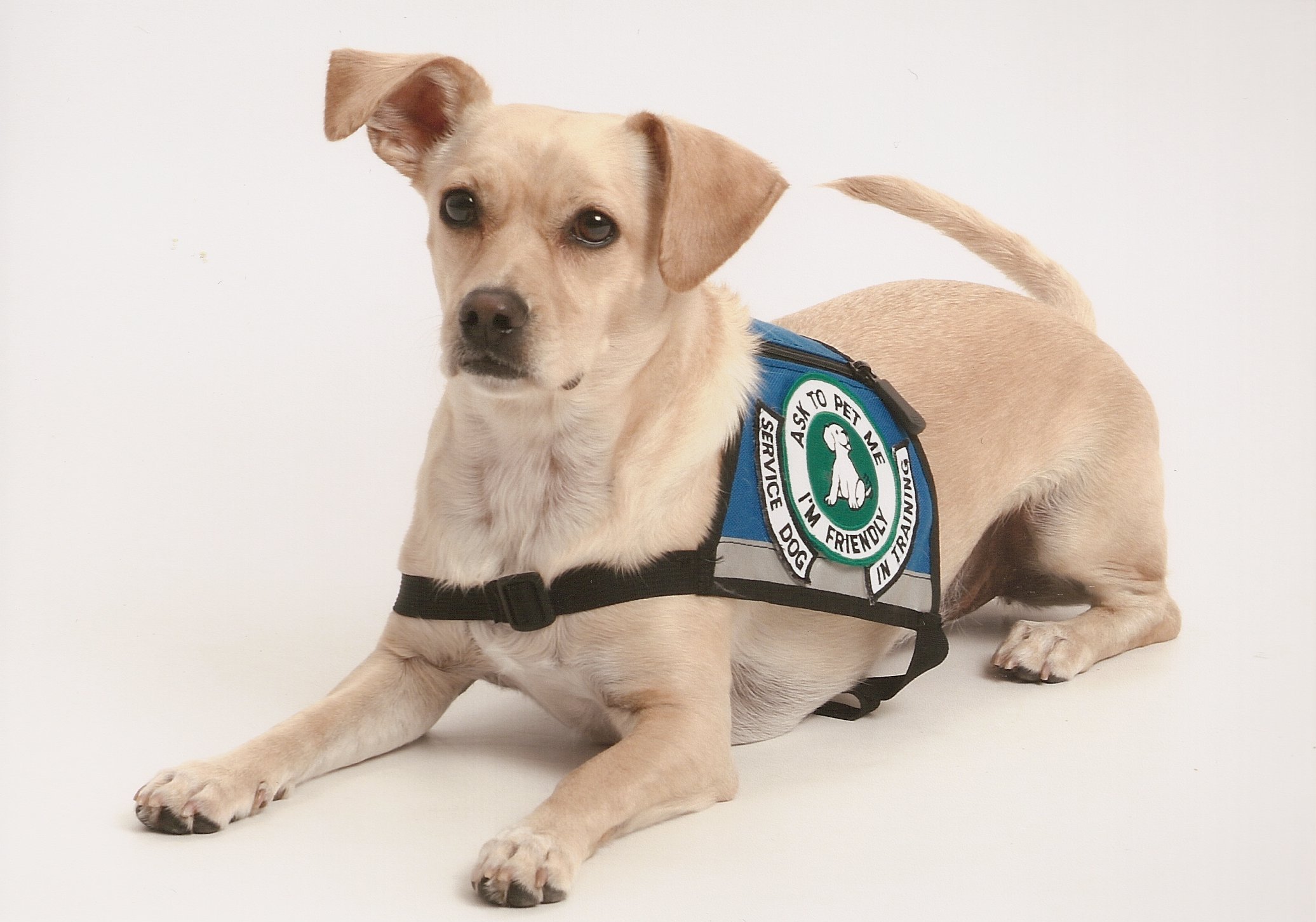It will come as no surprise to pet owners that just having a pet is shown to improve the quality of a person’s life and keep them healthier.
But certain animals have more health benefits than your average pet.
Therapy pets and service animals.
Did you know there is a difference?
Therapy Pets
Therapy pets are used to provide psychological or physiological therapy to individuals and increase physical, social, emotional, and cognitive functions. This means that therapy pets can help with people with certain conditions such as depression, post-traumatic stress disorder (PTSD), and autism, among others.
Therapy pets are usually trained and certified by their owners and then allowed to make visits to people in need.
There is a process that you must follow if you want your pet to become a therapy animal.
- An animal tester will observe you and your pet to make sure your pet can handle the responsibility. Some tests include watching a pet’s manners, demeanor, and the way you handle them.
- The tester will watch you and your pet on three visits to visitation areas and with three different patients.
- If your pet passes, you can fill out the paperwork. The American Kennel Club has a list of over 100 recognized therapy dog groups, all over North America, that you can join based on your location.
- Then pets can visit individuals in need of help.
The most common visitations by therapy pets are to hospitals, schools, rehabilitation centers, and therapists’ offices.
Currently, the most common therapy animals are dogs, but almost any pet, including cats, horses, rabbits, reptiles, and birds, can be used as a therapy pet.
According to the book Therapy Pets by Jacqueline J. Crawford, each pet provides unique therapy for individuals. Examples include:
- Dogs are most well-known for working with people who have mental illness and helping those individuals develop a sense of purpose and find companionship.
- Cats are especially helpful around older patients, and are known to decrease loneliness and help stimulate memories in Alzheimer’s patients.
- Horses, because they are large animals, compel someone’s full attention, which often distracts people from disruptive or dangerous thoughts.
- Rabbits are especially helpful for patients that are unable to care for larger or more active pets and can provide emotional support as well as increased motor skills in individuals.
- Reptiles require lots of concentration and because they are more unusual pets, when people care for reptiles they usually feel a sense of accomplishment.
- Birds are most useful for people suffering from psychological episodes because birds can be taught to talk to those individuals.
Service Animals
Service animals are pets that have been trained exclusively to deal with one person and their unique disabilities. The service pet is almost always the pet of the person who needs their help.
Service animals are almost always dogs, although some miniature horses are also service animals. According to the American with Disabilities Act (ADA) service dogs are the only “official” service animal.
Service dogs can help those with a range of disabilities, however the most common disabilities are:
- Mobility-related issues,
- Sensory-related issues (deaf, blind, etc.),
- PTSD,
- Epilepsy,
- Autism,
- Cancer,
- Bone and skeletal issues,
- Multiple Sclerosis, and
- Diabetes.
Service dogs, unlike therapy pets, have to complete rigorous training in order to be approved as a service animal, according to Service Dog Certifications.
- Dogs must go into their veterinarian and pass an overall health exam. It is recommended by the ADA to get your service dog neutered or spayed.
- A dog must have just the right temperament, which is evaluated by an animal behavioral specialist. The ideal temperament for a service animal is being calm while simultaneously being alert and aware of surroundings.
- Training can be done either at home or by a well-known trainer near you. It is not required to hire a trainer, but there are overall requirements for training your dog.
- Next, your dog must pass the Public Access Test, which includes regulations for different buildings, transportation, and the dog’s conduct.
- If your dog has passed the above steps, it is time for them to be certified. While it is not required to register your service dog, we do recommend it because it can be easier for you and your pet if any problems arise.
Service animals are allowed entry into more areas than therapy pets or regular pets. The ADA requires that service dogs are allowed into restaurants, hotels, apartments, airplanes, and almost anywhere else that members of the human public would also be allowed. Some exclusions do apply, but those often vary on a case to case basis.

